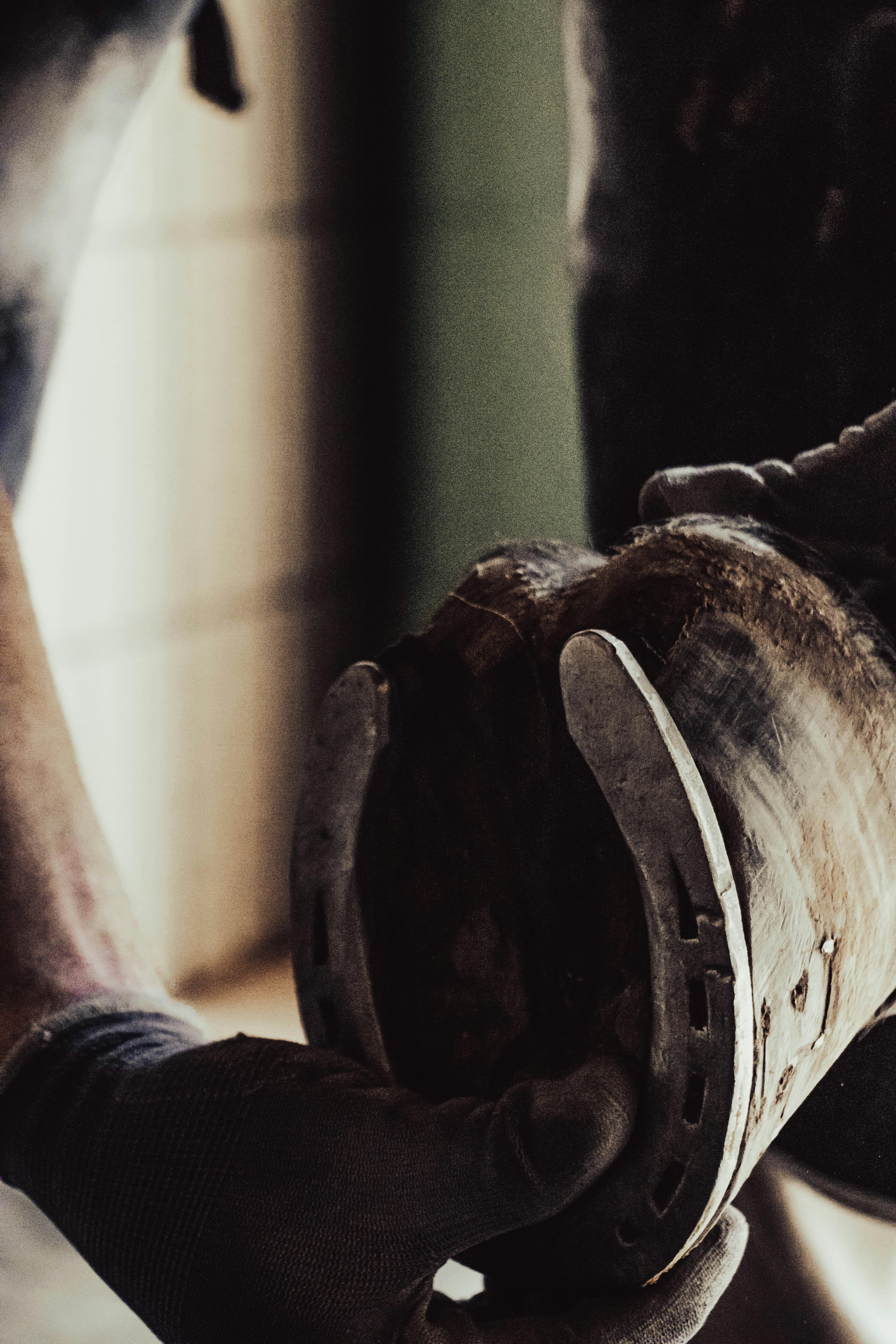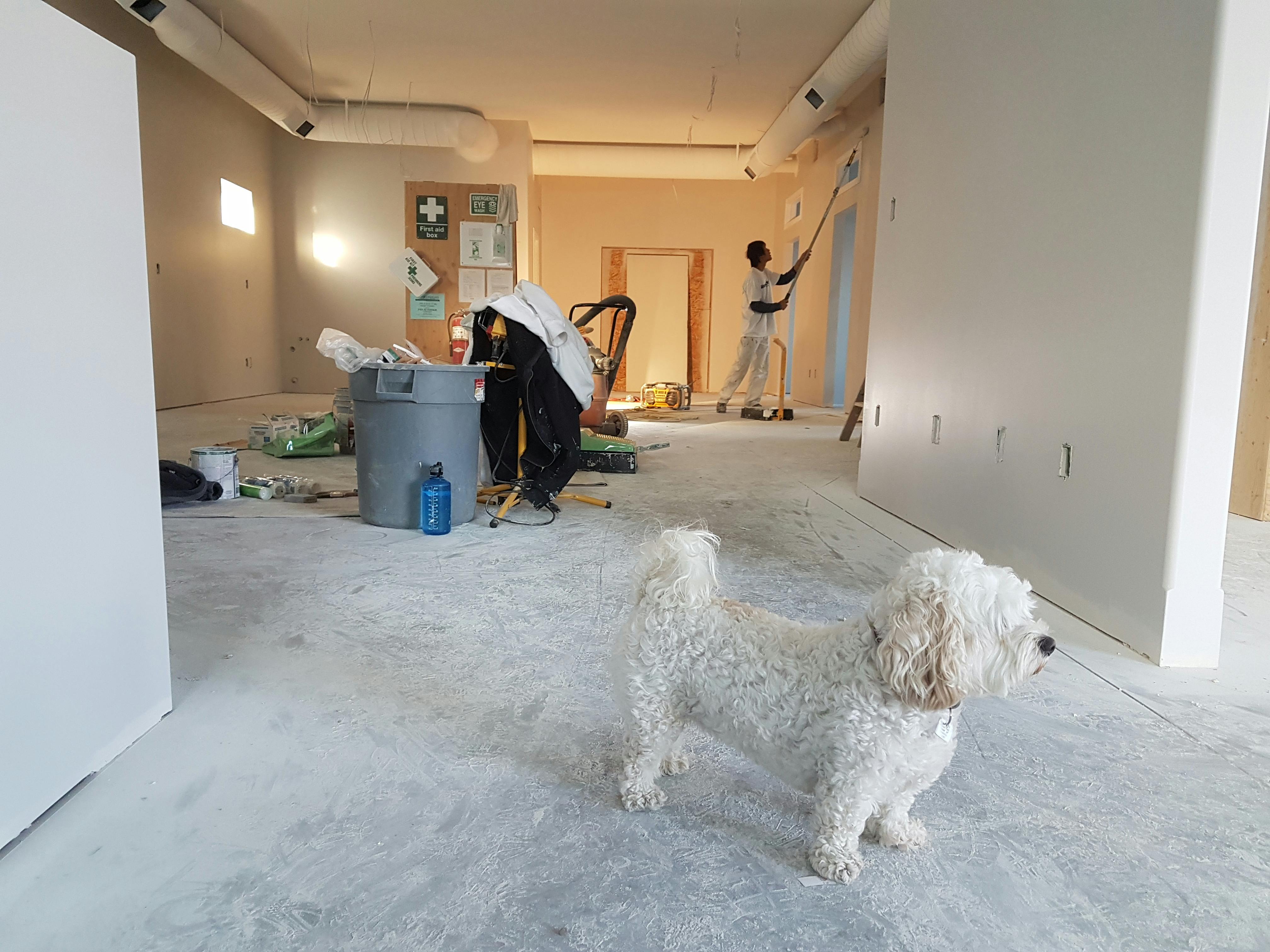How to Care for Your Pet After a Fracture Repair
When your beloved pet suffers a fracture, their recovery journey becomes your priority. Knowing how to care for your pet after a fracture repair ensures a smoother healing process, minimizes complications, and helps restore their quality of life. In this guide, you’ll learn professional aftercare strategies, essential recovery steps, and advanced tips to support your pet’s health post-surgery.

Understanding the Fundamentals
Fracture repair in pets involves restoring broken bones through surgical or non-surgical methods. This delicate process often requires plates, screws, or external fixation, followed by a careful aftercare regimen. Proper home care dramatically affects the outcome of a fracture repair.
Just like in humans, bone healing in pets follows predictable stages. Understanding these phases helps pet owners provide appropriate support and recognize when intervention may be needed.
1.1 Stages of Bone Healing
Bone healing in pets involves three primary stages: inflammation, repair, and remodeling. Inflammation starts within hours of injury, repair occurs over weeks, and remodeling may continue for months. According to veterinary studies, most uncomplicated fractures begin to stabilize by 6–8 weeks post-surgery.
Real-world application means recognizing symptoms like swelling or limping and reporting them to your vet. Misconceptions, such as believing pets can self-heal without support, can hinder recovery.
1.2 Importance of Restricted Movement
Unlike humans who understand rest, pets tend to overexert themselves. Restricting activity prevents re-injury and supports stable healing. Controlled movement, such as leash walks or crate rest, is essential during early recovery.
Cases have shown that dogs with limited mobility post-surgery have 30% faster healing rates. Balancing movement with rest ensures your pet recovers without setbacks.
Practical Implementation Guide
Now that you understand the healing phases and critical aftercare principles, it’s time to translate that into daily practices. Caring for your pet after a fracture repair involves structure, consistency, and vigilance to help them regain strength.

2.1 Actionable Steps
- Follow Post-Op Instructions: Carefully administer medications, check bandages, and attend all follow-up appointments.
- Create a Safe Recovery Space: Use a crate, pen, or gated area to limit activity and avoid slippery surfaces.
- Monitor Recovery Milestones: Week 1: Pain management and swelling reduction. Week 3: Controlled walking. Week 6+: X-ray evaluation and rehab.
2.2 Overcoming Challenges
Common obstacles include chewing bandages, resisting crate rest, or avoiding medications. Solutions include using bitter sprays, positive reinforcement, and hiding pills in treats. Watch for signs like excessive licking, swelling, or limping—these may signal complications.
Experts recommend maintaining a journal to track changes in behavior or mobility. Promptly reporting deviations helps your vet intervene early and avoid major issues.
Advanced Applications
Once the initial recovery is on track, integrating advanced techniques can speed healing and restore mobility. These methods are suitable after your vet approves more intensive rehabilitation or activity.

3.1 Hydrotherapy and Rehab Exercises
Hydrotherapy, involving treadmill walking in water, reduces joint stress while rebuilding muscle strength. Case studies show pets improve limb use by 40% faster with water-based therapy. Tailored rehab exercises also rebuild atrophied muscles.
3.2 Integrating Nutrition and Supplements
Joint-support supplements like glucosamine, omega-3 fatty acids, and vitamin D aid in bone and joint repair. Ensure compatibility with existing prescriptions. Consult your vet before introducing any supplements to your pet’s recovery plan.
Future Outlook
Innovations like 3D-printed bone implants, regenerative stem cell therapy, and robotic rehab devices are transforming pet orthopedics. These technologies promise faster, more personalized recovery.
Stay updated through veterinary health platforms or your local clinic. Being informed helps you adapt your pet care practices as new methods become available.
Conclusion
To summarize, learning how to care for your pet after a fracture repair is essential to their recovery. Key takeaways include the importance of restricted movement, the value of regular follow-ups, and the benefits of advanced rehab techniques.
Start implementing these practices today to support your pet’s full recovery. Ask your vet for personalized guidance and consider exploring pet rehab centers for additional support.
Frequently Asked Questions
- Q: How long does it take for a pet’s fracture to heal? Most fractures begin healing within 6–8 weeks, but full recovery can take up to 4 months depending on severity and age.
- Q: What’s the first thing I should do after my pet comes home from surgery? Create a safe, quiet space for rest and ensure medications are administered on time.
- Q: How much time should I dedicate to helping my pet recover? Daily care requires 20–40 minutes for feeding, medication, cleaning wounds, and light exercises, increasing as mobility improves.
- Q: How much does fracture repair and aftercare cost? Surgery and care range from $1,500–$4,000 based on complexity, region, and recovery needs. Additional rehab can add $500–$1,000.
- Q: Is surgery always better than natural healing for fractures? Surgical repair ensures proper alignment and faster healing, especially for weight-bearing bones. Non-surgical options work for minor fractures only.
- Q: Is fracture aftercare difficult to manage at home? It can be challenging but manageable with structure, crate rest, and consistent routines. In-home vet visits can assist.
- Q: How do I adjust care for elderly pets? Older pets require softer bedding, more frequent monitoring, and slower rehab progression. Adjust dietary needs to support bone density.
